Cranberry Mountain Nature Center
Introduction
Text-to-speech Audio
Images
Cranberry Glades Botanical Area.

Cranberry Mountain Nature Center.
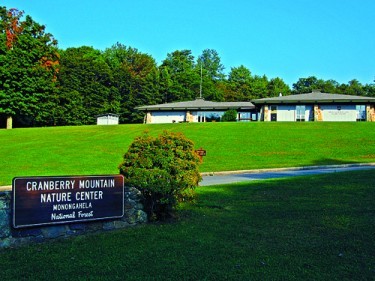
Pink Orchid in bloom.
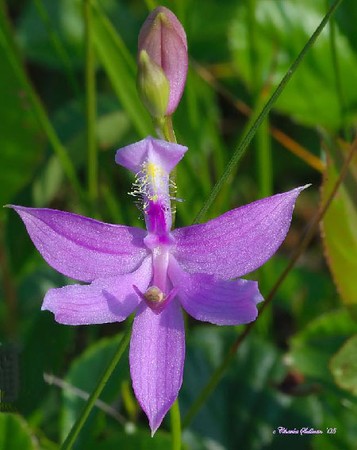
Carnivorous plants at Cranberry Glades.
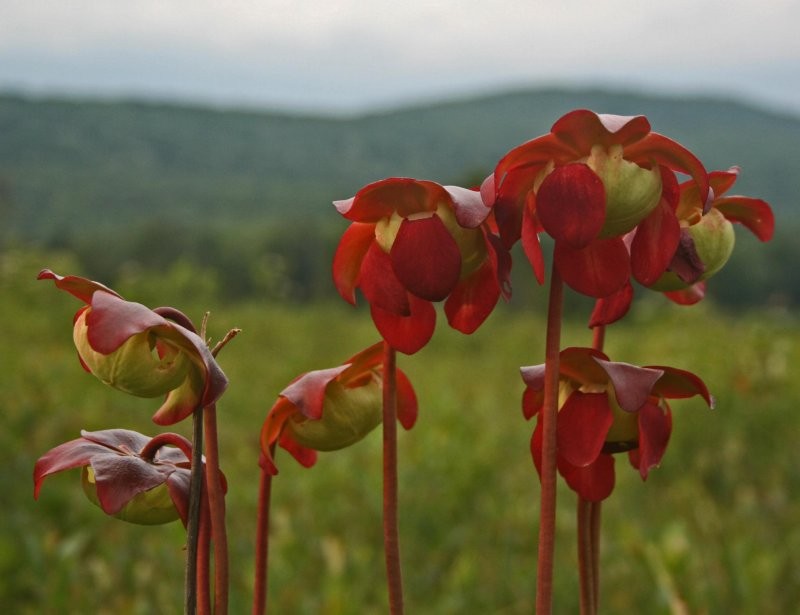
Pitcher Plants at the glades.
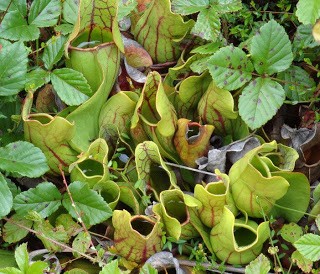
Purple Finch.
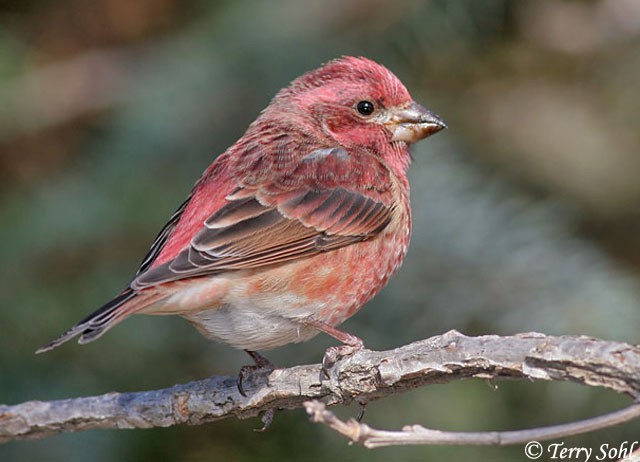
Historical Marker.
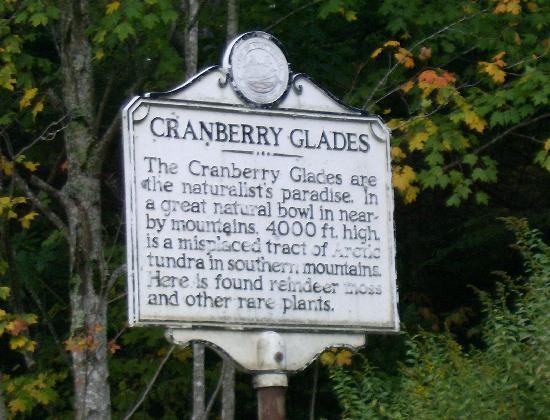
Backstory and Context
Text-to-speech Audio
High in the mountains of Pocahontas County, West Virginia lies one of the states more interesting and unique environmental areas, Cranberry Glades. Located in the Monongahela National Forest, Cranberry Glades is the largest area of bogs in the state. Due to the glades unique environment and the many unique and rare flora and fauna species which can be found there, the area officially became incorporated and protected by the United States Forest Service in 1965. These lands include 1,000 acres tucked between Cranberry Mountain, Black Mountain, and Kennison Mountain. Local naturalists Fred and Maurice Grady began studying the area in 1898. They would spend weeks on end in tents collecting plants, watching birds, and trapping wildlife. They published their finding in several scientific journals which attracted other naturalists and eventually biologists to visit the area.
Cranberry Glades is an oasis for rare and unique plant life. The glades are home to over 60 unique plant species. The 15 bogs in the glades are similar to the “Muskegs” found in the arctic tundra and many of the plants that grow at the glades can only be found farther north in tundra environments. There is around 100 acres of open bogs within the botanical area. Most of the bogs are covered by rare mosses which can form hummocks up to three feet high. Over these mosses, prostrate cranberry vines spread across the bogs. Various species of wildflower and wild orchids can be found in the bogs such as the Grass Pink Orchid. Also a species of carnivorous plant called the pitcher plant can be seen growing around the wetlands. In addition to the plant life, Cranberry Glades is also home to a wide array of animal species. The American Black Bear, Northern Flying Squirrel, Red-tailed Hawk, American Bald Eagle, Red Fox, Coyote, Cooper Hawk, and Eastern Screech-Owl have all been seen living around the glades. The glades also serve as the southernmost breeding ground for several species of northern migrating birds such as Swainson’s and hermit thrushes, Nashville and mourning warblers, and purple finches.
Along with miles of boardwalks and hiking trails, cranberry glades hosts a nature center operated by the USDA Forest Service.. The Cranberry Mountain Nature Center hosts a variety of live programs with brids of prey and snakes. It also hosts an exhibit hall with interpretative displays of forest ecosystems and local history. Throughout the year a variety of special speakers visit the nature center and offer lectures on topics such as wildlife, Native American folk lore, and forest conservation.
